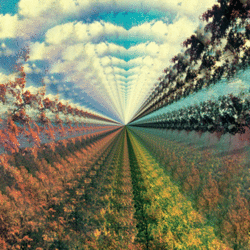This is an unofficial archive of PsychonautWiki as of 2025-08-11T15:14:44Z. Content on this page may be outdated, incomplete, or inaccurate. Please refer to the original page for the most up-to-date information.
Recursion: Difference between revisions
Jump to navigation
Jump to search
>Josikins Grammatics |
>Josikins proofreading effect categories - also adding a sensory category where relevant |
||
| Line 15: | Line 15: | ||
*[[Dissociatives#Subjective_effects|Dissociatives - Subjective effects]] | *[[Dissociatives#Subjective_effects|Dissociatives - Subjective effects]] | ||
*[[Deliriants#Subjective_effects|Deliriants - Subjective effects]] | *[[Deliriants#Subjective_effects|Deliriants - Subjective effects]] | ||
[[Category:Visual]] [[Category:Distortion]] [[Category:Effect]] | [[Category:Sensory]] [[Category:Visual]] [[Category:Distortion]] [[Category:Effect]] | ||
{{#set:Featured=true | {{#set:Featured=true | ||
|Belongs to=Visual effects | |Belongs to=Visual effects | ||
}} | }} | ||
Revision as of 02:51, 6 April 2018

Recursion can be described as a visual distortion which partially to completely alters the appearance of one's external environment by repeating specific sections of itself across itself in a self-similar fashion. It results in the appearance of fractal-like patterns which often zoom into or away from the original image. This effect typically occurs spontaneously and rarely sustains itself for more than several seconds.
Recursion is most commonly induced under the influence of moderate dosages of psychedelic compounds, such as LSD, psilocybin, and mescaline.
Image examples
Psychoactive substances
Compounds within our psychoactive substance index which may cause this effect include:
- 1B-LSD
- 1P-LSD
- 1V-LSD
- 1cP-LSD
- 25B-NBOH
- 25C-NBOH
- 25C-NBOMe
- 25I-NBOH
- 25I-NBOMe
- 2C-B
- 2C-D
- 4-HO-MET
- 5-MeO-DMT
- AB-FUBINACA
- Amanita muscaria
- Bufotenin
- DMT
- DPT
- ETH-LAD
- Efavirenz
- Gaboxadol
- LSD
- Mescaline
- Psilocybin mushrooms